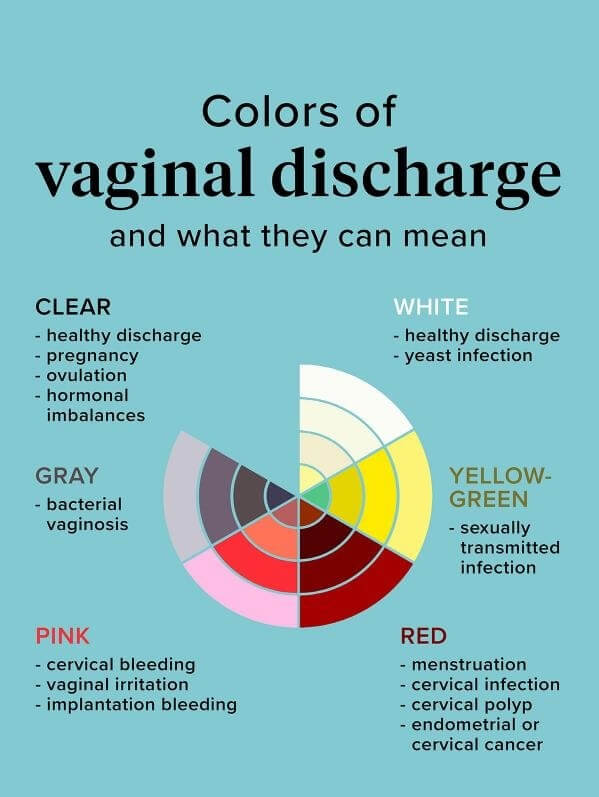
Discharge During Early Pregnancy vs. Discharge During Menstruation
Discharge is a common occurrence during pregnancy, but it can also be a sign of an underlying medical condition. It is important to be able to distinguish between normal pregnancy discharge and discharge that may indicate a problem.
Normal Pregnancy Discharge
Normal pregnancy discharge is typically clear or white in color and has a mild odor. It may be thin and watery or thick and sticky. The amount of discharge may vary from woman to woman and may increase as pregnancy progresses.
Normal pregnancy discharge is caused by the increased production of hormones, which stimulate the glands in the cervix to produce more mucus. This mucus helps to protect the uterus from infection and keep the vagina moist.
Discharge During Menstruation
Menstrual discharge is typically red or brown in color and has a metallic odor. It may be light or heavy and may last for several days. Menstrual discharge is caused by the shedding of the uterine lining.
How to Tell the Difference Between Pregnancy Discharge and Menstrual Discharge
The following are some of the key differences between pregnancy discharge and menstrual discharge:
- Color: Pregnancy discharge is typically clear or white, while menstrual discharge is typically red or brown.
- Odor: Pregnancy discharge has a mild odor, while menstrual discharge has a metallic odor.
- Consistency: Pregnancy discharge may be thin and watery or thick and sticky, while menstrual discharge is typically thick and sticky.
- Amount: Pregnancy discharge may vary in amount from woman to woman, while menstrual discharge is typically heavy.
- Timing: Pregnancy discharge typically begins in the first trimester and continues throughout pregnancy, while menstrual discharge occurs once a month.
When to See a Doctor
It is important to see a doctor if you experience any of the following symptoms:
- Discharge that is heavy or foul-smelling
- Discharge that is accompanied by pain or itching
- Discharge that is green or yellow in color
- Discharge that is accompanied by fever or chills
These symptoms may indicate an underlying medical condition, such as a bacterial or yeast infection.
Treatment for Abnormal Discharge
The treatment for abnormal discharge will depend on the underlying cause. Bacterial infections are typically treated with antibiotics, while yeast infections are typically treated with antifungal medications.
Prevention of Abnormal Discharge
There are a few things you can do to help prevent abnormal discharge:
- Practice good hygiene. This includes washing your hands frequently and wearing clean underwear.
- Avoid douching. Douching can disrupt the normal balance of bacteria in the vagina and increase your risk of infection.
- Use condoms during sex. Condoms can help to protect you from sexually transmitted infections, which can cause abnormal discharge.
- See your doctor regularly for checkups. Your doctor can check for any underlying medical conditions that may be causing abnormal discharge.
Conclusion
Discharge is a common occurrence during pregnancy, but it is important to be able to distinguish between normal pregnancy discharge and discharge that may indicate a problem. If you experience any abnormal discharge, it is important to see a doctor to rule out any underlying medical conditions.